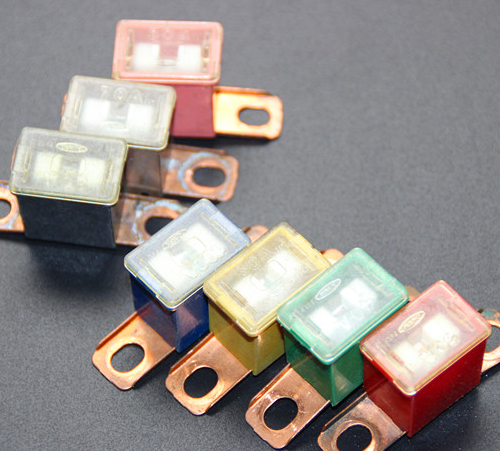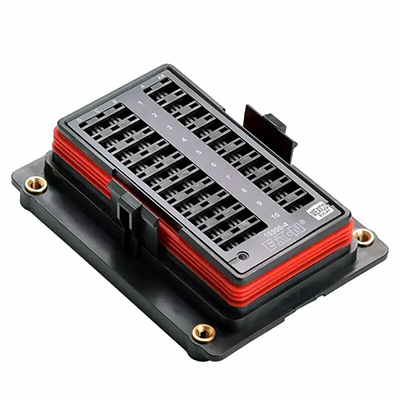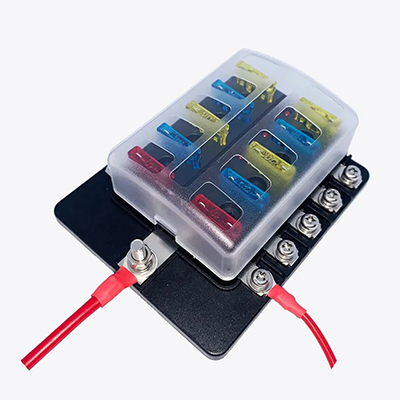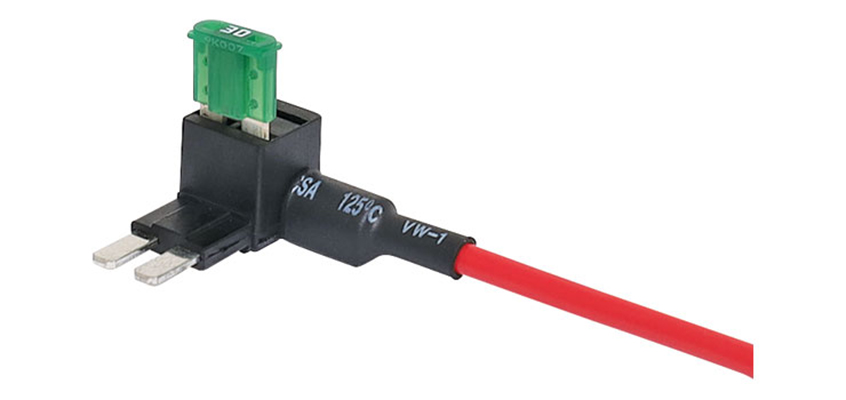Essential Automotive Fuses: Safeguarding Car Batteries Against Electrical Hazards
News 2025-10-13
Car fuses are indispensable components in modern vehicles, serving as the first line of defense for car batteries against electrical faults. They prevent damage from overcurrent situations, such as short circuits or overloads, which could otherwise lead to battery failure, fires, or costly repairs. As automotive systems grow more complex with advanced electronics, fuses ensure reliable operation and safety. Understanding their role helps vehicle owners and technicians maintain optimal performance and longevity of the battery system.

Types and Components of Car Fuses
Car fuses come in various forms, including blade fuses, which are prevalent in contemporary vehicles due to their compact design and ease of installation. Other types include glass tube and ceramic fuses, each tailored for specific applications based on current ratings and environmental resistance. The core element is a metal strip or wire that melts at a predetermined current level, interrupting the circuit. This design not only protects the battery but also safeguards other electrical components, making fuses a cost-effective solution in automotive engineering.
Key Applications and Performance Benefits
In practical scenarios, car fuses are integrated into battery circuits to handle common issues like accidental short circuits during maintenance or wiring faults. For instance, they quickly isolate problems in high-demand systems such as lighting or audio, preserving battery health. Performance-wise, fuses offer rapid response times, high durability under vibration and temperature extremes, and minimal maintenance needs. These attributes enhance vehicle reliability, reduce downtime, and provide a significant edge over alternative protection methods by ensuring consistent protection without false trips.
Frequently Asked Questions
1. What types of fuses are commonly used in cars?
Answer: Blade and glass tube fuses are most common, with blade types favored for their size and color-coded amperage for easy identification.
2. How do I identify a blown fuse in my vehicle?
Answer: Look for a visibly broken wire or use a multimeter to check for continuity; no continuity indicates a blown fuse.
3. Why are fuses critical for battery longevity?
Answer: They prevent excessive current from damaging the battery cells, avoiding degradation and extending overall vehicle electrical system life.


